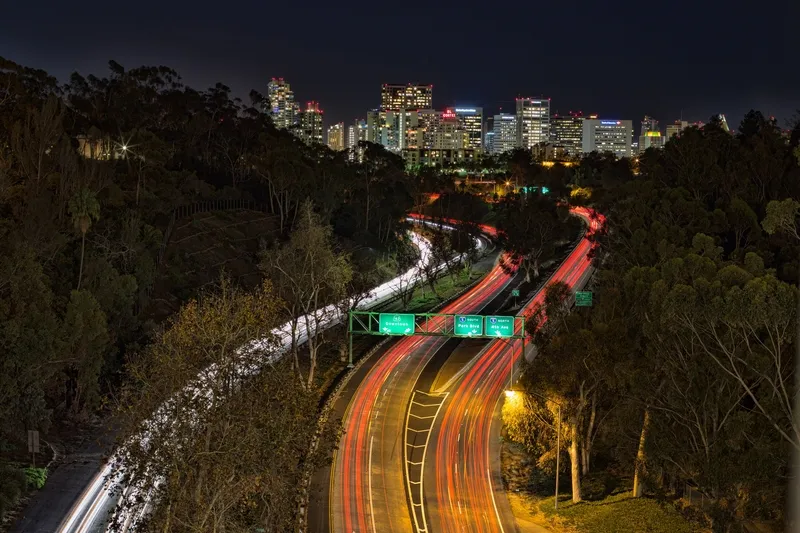It would cost nearly US$1 billion to build a 260 kilometre rail line connecting cities in northern Colombia, according to a study by the Universidad del Norte in Barranquilla. The proposed rail corridor would link Santa Marta, Barranquilla and Cartagena, which are home to the three biggest ports on the country's Caribbean coast. The train would function as a mixed service line, transporting passengers as well as cargo. "Some details need to be worked out regarding funding sources, which depends more on the
March 18, 2015
Read time: 2 mins
It would cost nearly US$1 billion to build a 260 kilometre rail line connecting cities in northern Colombia, according to a study by the Universidad del Norte in Barranquilla.
The proposed rail corridor would link Santa Marta, Barranquilla and Cartagena, which are home to the three biggest ports on the country's Caribbean coast. The train would function as a mixed service line, transporting passengers as well as cargo.
"Some details need to be worked out regarding funding sources, which depends more on the political will" to carry out the project, local press quoted Víctor Cantillo Maza, a professor of engineering at Universidad del Norte, as saying. "The construction work could be completed in four years."
The Colombian train system has fallen into a state of disrepair due to decades of neglect.
The current government is working to revamp the existing rail lines, as a revitalised train network would help reduce the cost of transporting Colombian goods – particularly coal – to its ports. However, at the moment, most of the country's attention and resources are focused on developing its road infrastructure, namely the US$25 billion 4G highway initiative.
The entire Colombian rail system is nearly 2,000 kilometr4es, according to the transport ministry, though much of it remains out of service. Apart from a couple of small tourist lines, the network is primarily focused on cargo transport.
The proposed rail corridor would link Santa Marta, Barranquilla and Cartagena, which are home to the three biggest ports on the country's Caribbean coast. The train would function as a mixed service line, transporting passengers as well as cargo.
"Some details need to be worked out regarding funding sources, which depends more on the political will" to carry out the project, local press quoted Víctor Cantillo Maza, a professor of engineering at Universidad del Norte, as saying. "The construction work could be completed in four years."
The Colombian train system has fallen into a state of disrepair due to decades of neglect.
The current government is working to revamp the existing rail lines, as a revitalised train network would help reduce the cost of transporting Colombian goods – particularly coal – to its ports. However, at the moment, most of the country's attention and resources are focused on developing its road infrastructure, namely the US$25 billion 4G highway initiative.
The entire Colombian rail system is nearly 2,000 kilometr4es, according to the transport ministry, though much of it remains out of service. Apart from a couple of small tourist lines, the network is primarily focused on cargo transport.








